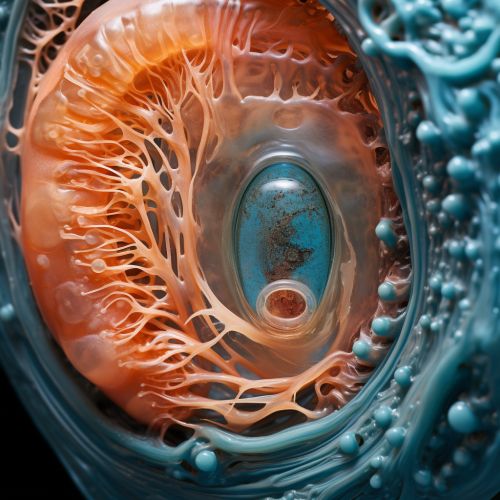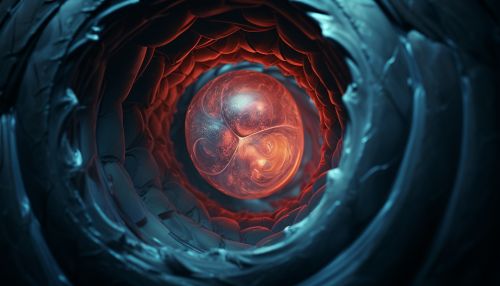Embryogenesis
Overview
Embryogenesis is the process through which an embryo forms and develops. It starts with the fertilization of an egg cell (ovum) by a sperm cell, (spermatozoon). Once fertilized, the ovum is referred to as a zygote, a single diploid cell. The zygote undergoes mitotic divisions with no significant growth (a process known as cleavage) and cellular differentiation, leading to development of a multicellular organism.
Stages of Embryogenesis
Embryogenesis is divided into several stages that include fertilization, cleavage, gastrulation, and organogenesis.
Fertilization
Fertilization is the fusion of the sperm and egg cells to form a single diploid cell called a zygote. This process involves several steps, including capacitation, acrosome reaction, binding of the sperm to the zona pellucida, penetration of the zona pellucida, and fusion of the sperm and egg cell membranes.
Cleavage
Following fertilization, the zygote undergoes a series of rapid cell divisions called cleavage. This results in the formation of a multicellular structure known as a morula. Cleavage is characterized by rapid cell division with no significant growth, producing a cluster of cells that is the same size as the original zygote.
Gastrulation
Gastrulation is a phase of embryonic development that leads to the formation of three germ layers: the ectoderm, mesoderm, and endoderm. These germ layers are fundamental to the complex process of organogenesis, as they form the basis of all tissues and organs in the organism.
Organogenesis
Organogenesis is the process by which the three germ layers formed from gastrulation develop into the internal organs of the organism. This process involves the development of the neural tube, the formation of the mesoderm, and the differentiation of the mesoderm into intermediate mesoderm, paraxial mesoderm, and lateral plate mesoderm.
Embryogenesis in Different Organisms
Embryogenesis varies among different organisms, including mammals, birds, reptiles, amphibians, fish, and invertebrates.
Mammalian Embryogenesis
In mammals, embryogenesis takes place within the female reproductive system, specifically within the uterus. The process begins with fertilization, followed by cleavage, blastocyst formation, implantation, gastrulation, and organogenesis.
Avian Embryogenesis
Avian embryogenesis occurs within a hard-shelled egg. The process begins with fertilization, followed by cleavage, blastoderm formation, gastrulation, and organogenesis.
Reptilian Embryogenesis
Reptilian embryogenesis is similar to avian embryogenesis, with the process occurring within a hard-shelled egg. However, there are some differences in the timing and sequence of events.
Amphibian Embryogenesis
Amphibian embryogenesis begins with external fertilization in water. The process includes cleavage, blastula formation, gastrulation, neurulation, and organogenesis.
Fish Embryogenesis
Fish embryogenesis also begins with external fertilization in water. The process includes cleavage, blastula formation, gastrulation, neurulation, and organogenesis.
Invertebrate Embryogenesis
Invertebrate embryogenesis varies greatly depending on the species. Some invertebrates undergo direct development, while others undergo indirect development with a larval stage.
See Also


